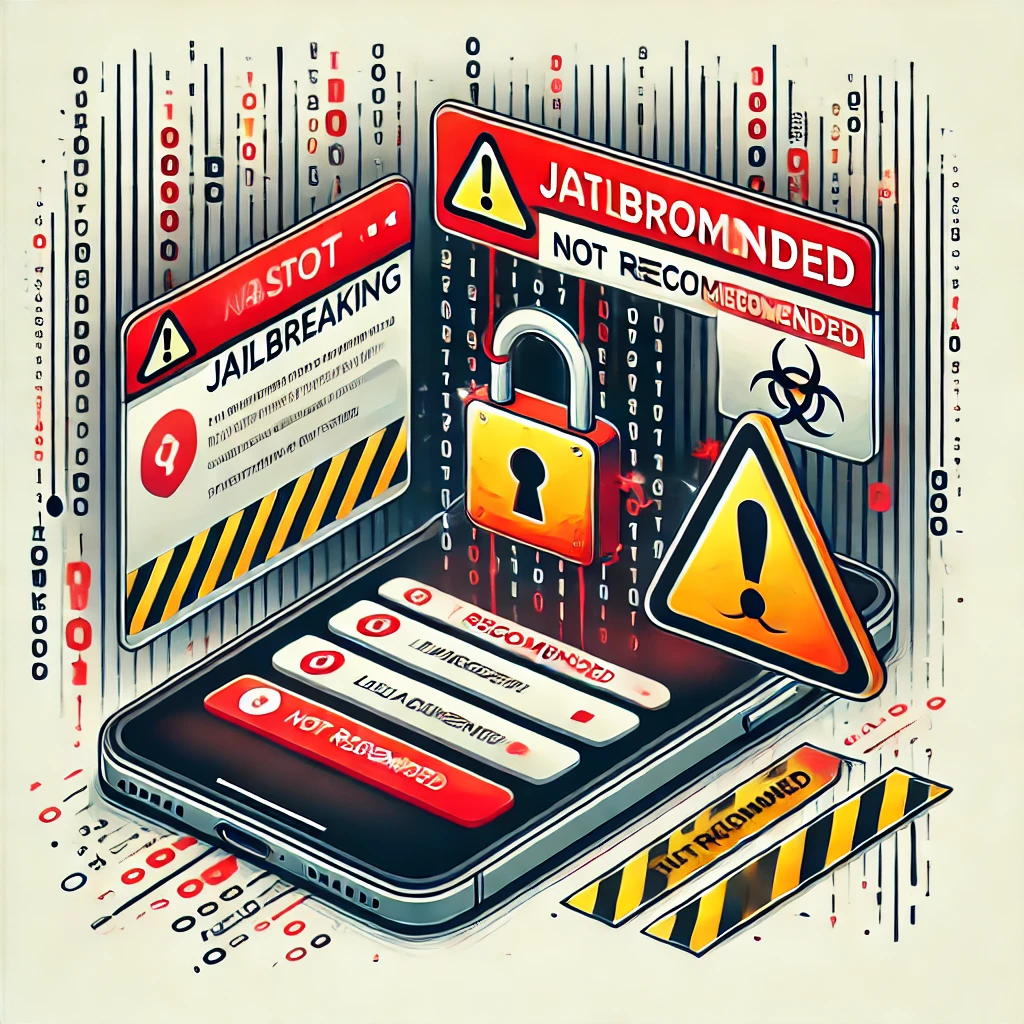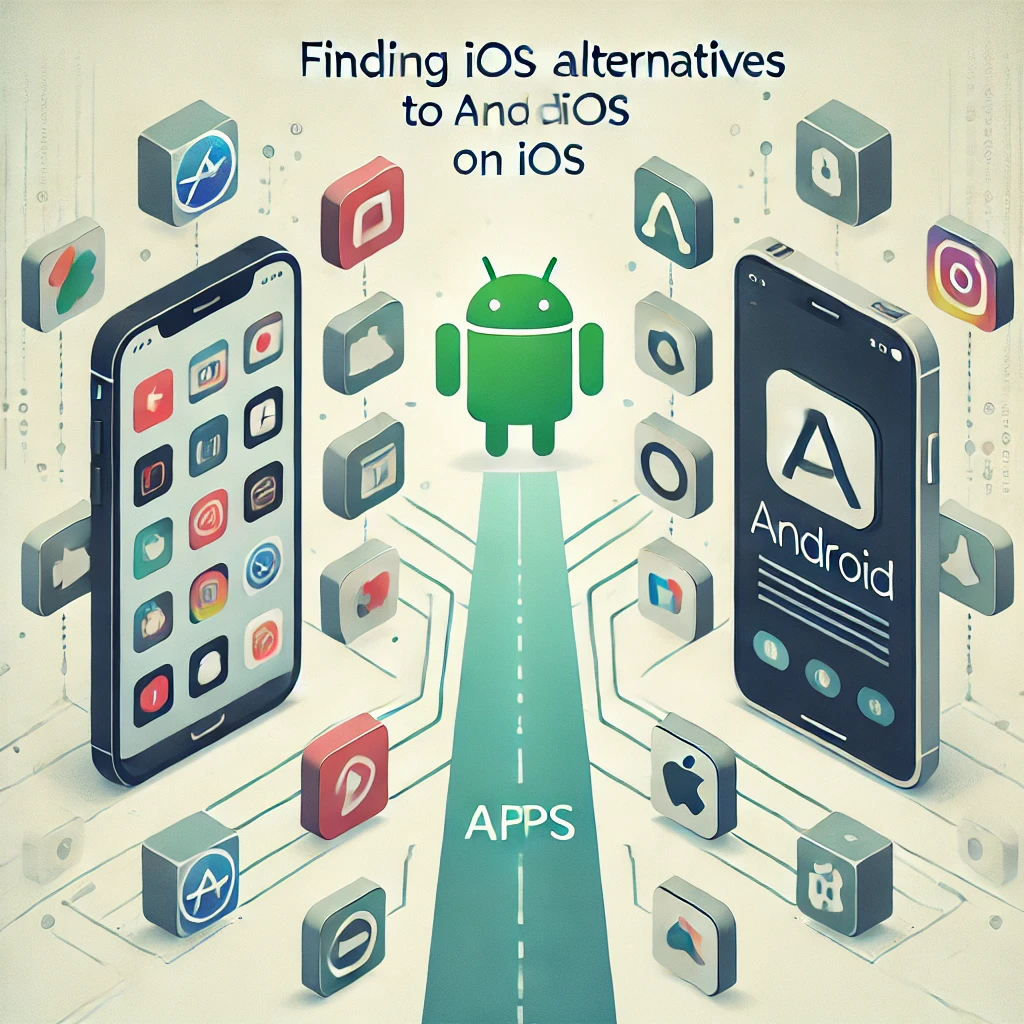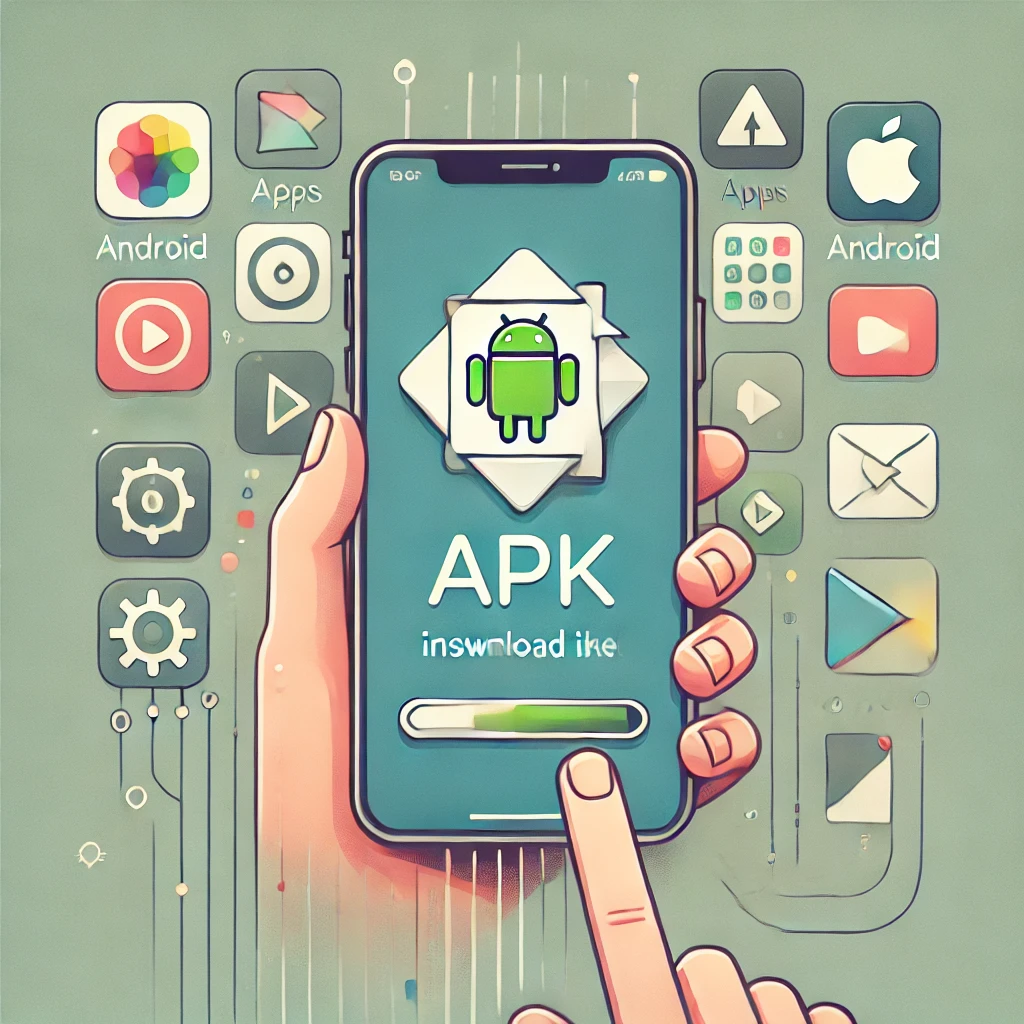When it comes to smartphones, Apple and Android operate in two separate worlds, and their systems aren’t exactly designed to cooperate. This is especially true when it comes to apps. If you’re switching from Android to iPhone, or you’ve encountered an APK file that you want to use on your iPhone, you might be wondering how to install APK files on iPhone. Unfortunately, it’s not as straightforward as on Android, but there are some key methods and tools you should know about.
In this article, we’ll dive deep into how to install APK files on iPhone, explaining why it’s different from Android and exploring workarounds, alternatives, and solutions for getting Android apps (or their equivalents) running on iOS.
What is an APK File?
Before we dive into the steps, it’s important to understand what an APK file is. APK stands for Android Package Kit, and it’s the format Android uses for distributing and installing apps. Essentially, it’s the Android equivalent of an .exe file on Windows or a .dmg file on Mac.
While APK files are commonly used on Android devices, they aren’t compatible with iOS. iPhones use a completely different app format called IPA (iOS App Store Package), meaning APK files won’t work natively on iPhones.
Can You Install APK Files on iPhone?
The short answer is no. You can’t directly install APK files on an iPhone because iOS doesn’t support the APK file format. This is due to the fundamental differences between the two operating systems. Android is more open and allows the installation of third-party apps using APK files, while iOS is a closed ecosystem where apps can only be installed through the App Store unless the device is jailbroken.
Why iPhones Can’t Run APK Files
There are several reasons why installing APK files on iPhones isn’t possible natively:
- Operating System Differences: iOS and Android are built on different core systems, and their apps are not interchangeable.
- Security Restrictions: Apple prioritizes security, so it prevents the installation of apps from sources outside the official App Store.
- File Format: APK files are tailored for Android’s architecture, while iPhones rely on IPA files.
Is Jailbreaking an Option?
One of the workarounds that people often consider is jailbreaking their iPhone. Jailbreaking allows users to bypass some of the restrictions imposed by Apple, including the ability to install apps from outside the App Store. However, this method has several drawbacks:
- Security Risks: Jailbreaking exposes your device to malware, hacking, and other security threats.
- Loss of Warranty: Jailbreaking voids your iPhone’s warranty, meaning you won’t be able to get support from Apple if something goes wrong.
- System Instability: A jailbroken iPhone may become unstable, causing crashes or reduced performance.
- No Direct APK Support: Even with jailbreaking, you still won’t be able to install APK files directly. At best, you’ll be able to side load unofficial iOS apps.
Steps to Jailbreak an iPhone (Not Recommended)

If you still wish to proceed with jailbreaking despite the risks, here’s a basic overview of the steps involved:
- Backup Your Data: Always backup your iPhone before jailbreaking in case something goes wrong.
- Find a Jailbreaking Tool: Popular tools include Checkra1n or Unc0ver. Download one suitable for your iPhone model and iOS version.
- Connect Your iPhone to a Computer: Jailbreaking requires a desktop or laptop. Install the jailbreaking software and follow the on-screen instructions.
- Install Cydia: Once jailbroken, install Cydia, a third-party app store for jailbroken iPhones. From here, you can download apps that aren’t available in the official App Store.
Using Emulators as an Alternative
If you don’t want to jailbreak your iPhone, another option is to use an emulator. Emulators allow you to simulate an Android environment on your iPhone, letting you run certain APK files in a sandboxed environment. However, this method also has limitations:
- Limited App Compatibility: Not all Android apps will work seamlessly on an emulator.
- Performance Issues: Running emulators can slow down your iPhone and cause performance lags.
- Complex Setup: Setting up an emulator requires technical know-how and isn’t a straightforward process for most users.
Popular Android Emulators for iPhone
While emulators are more common for desktop platforms, there are a few options available for iPhone as well:
- Appetize.io: A web-based emulator that allows you to run Android apps in a browser, accessible from your iPhone.
- iAndroid: An emulator designed specifically for iOS that allows some basic Android apps to run on your iPhone.
Keep in mind that these emulators don’t offer a perfect Android experience, and their functionality is often limited compared to Android devices.
Finding iOS Alternatives to Android APKs

Since installing APK files on iPhone isn’t possible, one of the most practical solutions is to find iOS alternatives to the apps you’re looking for. Many popular Android apps also have iOS versions available in the App Store, and the differences between the two versions are usually minimal.
Steps to Find iOS App Equivalents
- Search the App Store: The easiest method is to search for the app’s name in the Apple App Store. Many developers create apps for both platforms.
- Check the Developer’s Website: If you can’t find the app in the App Store, check the official website to see if they offer an iOS version.
- Use Third-Party App Discovery Platforms: Websites like AlternativeTo.net help you find alternative apps for different platforms, including iOS.
Cloud Gaming as a Solution
If you’re interested in APK files for games, cloud gaming might be another option. Services like Google Stadia, Xbox Cloud Gaming, and GeForce Now allow you to play Android games on your iPhone without needing to install APK files. These services stream the game directly to your device, meaning you don’t need to worry about compatibility issues.
Conclusion: APKs on iPhones – A No-Go
At the end of the day, installing APK files on iPhone is not directly possible due to the strict ecosystem that Apple has created. While workarounds like jailbreaking and emulators exist, they come with risks and limitations that might not make them worth the effort. Your best bet is to look for iOS alternatives to your favorite Android apps or consider other solutions like cloud gaming if you’re mainly interested in mobile games.
For those who need Android apps on an iPhone, the cleanest and safest solution is usually to look for native iOS apps that can provide similar functionality, or explore cross-platform services.
FAQs
1. Can I run APK files on an iPhone?
No, iOS does not support APK files natively, and you cannot run APK files on an iPhone.
2. Is there any way to convert an APK file to work on iOS?
No, APK files are built for Android, and they cannot be converted to work on iOS. iPhones use IPA files for apps.
3. What happens if I try to open an APK file on my iPhone?
You won’t be able to open or install an APK file on your iPhone since the file format is not recognized by iOS.
4. Can I download APK apps from the App Store?
No, the App Store only distributes IPA files for iOS devices, not APK files.
5. Is jail breaking the only way to install third-party apps on an iPhone?
Yes, jail breaking allows you to install apps from outside the App Store, but it comes with significant risks and doesn’t support APK files directly.
for more …………click here

